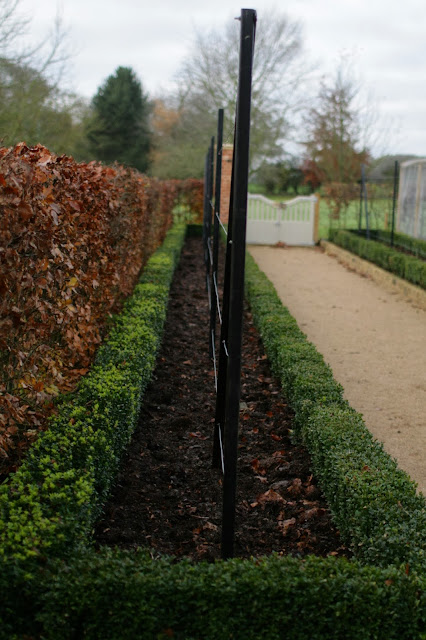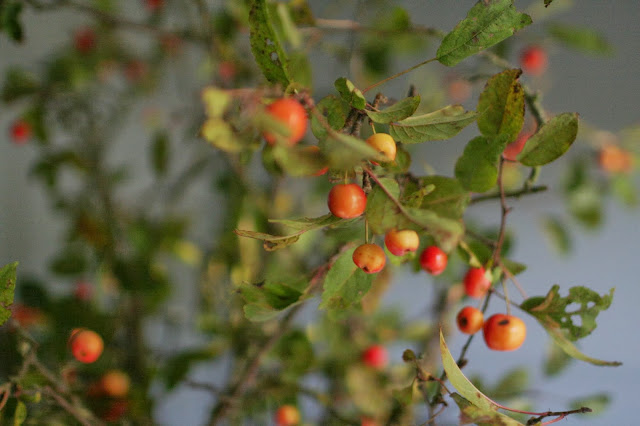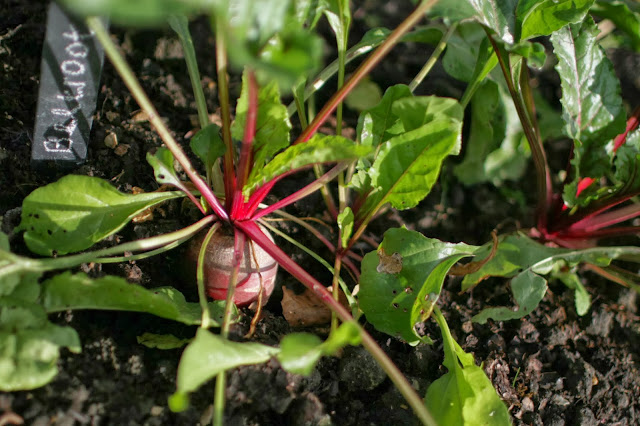Big and Black
Blackboard paint.
I’m slightly obsessed with blackboard paint it’s pretty mainstream nowadays but when I first started using it about 10 years ago (I’m still in love with it 10 years later) I used to buy it in France in tiny pots. I have used it on entire walls in children’s bedrooms as well as on lots of bits of furniture big and small.
 |
| As I remove or add things I alter my 'In The Freezer' list. |
In my current utility room I have a boxed in freezer and the side is painted with blackboard paint (see above) so I can list what’s in the freezer, the idea being I can see at a glance what I have without having to rummage through all the drawers.
 |
| On drawers like these where the contents don't change use a wet chalk marker |
I have applied the same idea of listing the contents on cupboard doors where I keep all my scraps and sewing paraphernalia and I've painted drawers and wooden file holders which house stationery supplies. As the contents change just rub out and change the list.
Small and Black
Black Soap.
I always buy black soap when I see it. I hoard it. It looks very stylish and this particular brand smells lovely but best of all, unlike pale coloured bars of soap, it never looks dirty.
 |
| Instead of traditional soap dishes I use either black slate tiles or flea market finds like this little (once silver) dish. |
All Black
Nearly Black walls
I absolutely love really strong dark colours in interiors. When faced with a small room the usual solution is to paint it white to make it seem bigger.
In my opinion this fools nobody and painting it a dark colour makes it more interesting. Furthermore a really dark wall colour is a fantastic way of uniting disparate decorative elements and making your pictures, photos, plates - whatever you have on your wall really stand out and if your walls are less than perfect it’s much less noticeable with strong dark colours.
Start really small, the first room I painted a very, very dark grey was a loo. But by the time we left our old Blackheath house in Southeast London I’d moved onto much bigger stuff - the dining room.
It was off black with monochrome prints, pictures, photos, bugs in cases etc...
I created a ‘side board’ underneath (just seen) by placing four IKEA ‘Malm’ chests of drawers side by side painting them all the same colour as the walls and installing a single long counter top
 |
Outdoors and Black
Leafmould
You know you’re middle aged when you are excited by leafmould. Nearly three years after moving to our Suffolk house we have our own leafmould, it’s free and it’s beautiful.
Pile up deciduous leaves, leave them for a couple of years and voila ! The easiest recipe you’ll ever find.
Leafmould covers bare winter soil, reduces the need to water, enriches the soil and remains nearly black even when dry and in the same way dark walls are a foil for pictures prints etc..leafmould is a beautiful foil for acid green spring shoots.
 |
| Tony and I planting the last of the tulips mid November. |
Tony and I (mainly Tony) planted nearly 1000 bulbs last month. Two thirds were tulips the nearly black ‘Queen of the Night’ as well as ‘Sorbet’ and ‘Barcelona’ and one third alliums, a mix of Purple Sensation and Azureum. In the time it took me to plant 20 bulbs Tony had planted 100 which is why in the picture he’s up my end as he had done his lot and was helping me finish mine.
 |
| Nearly black 'Queen of the Night' tulip bulbs about to be covered in soil then leafmould. |
 |
| After the addition of leafmould |
Beans
This year we grew Blauhilde a very dark purple (about as close you’ll get to black) climbing french bean. Not only did it look wonderful in the vegetable garden the beans were as prolific as they were delicious with a really nice texture and no string. I can’t recommend it highly enough. The only thing to note is they turn an olive green when cooked.
 |
| Last month.Beans left to form seeds |
These pods were left as an experiment to produce seeds for replanting next year. However they have to be dried very carefully to be successful. We'll buy seeds too.





































